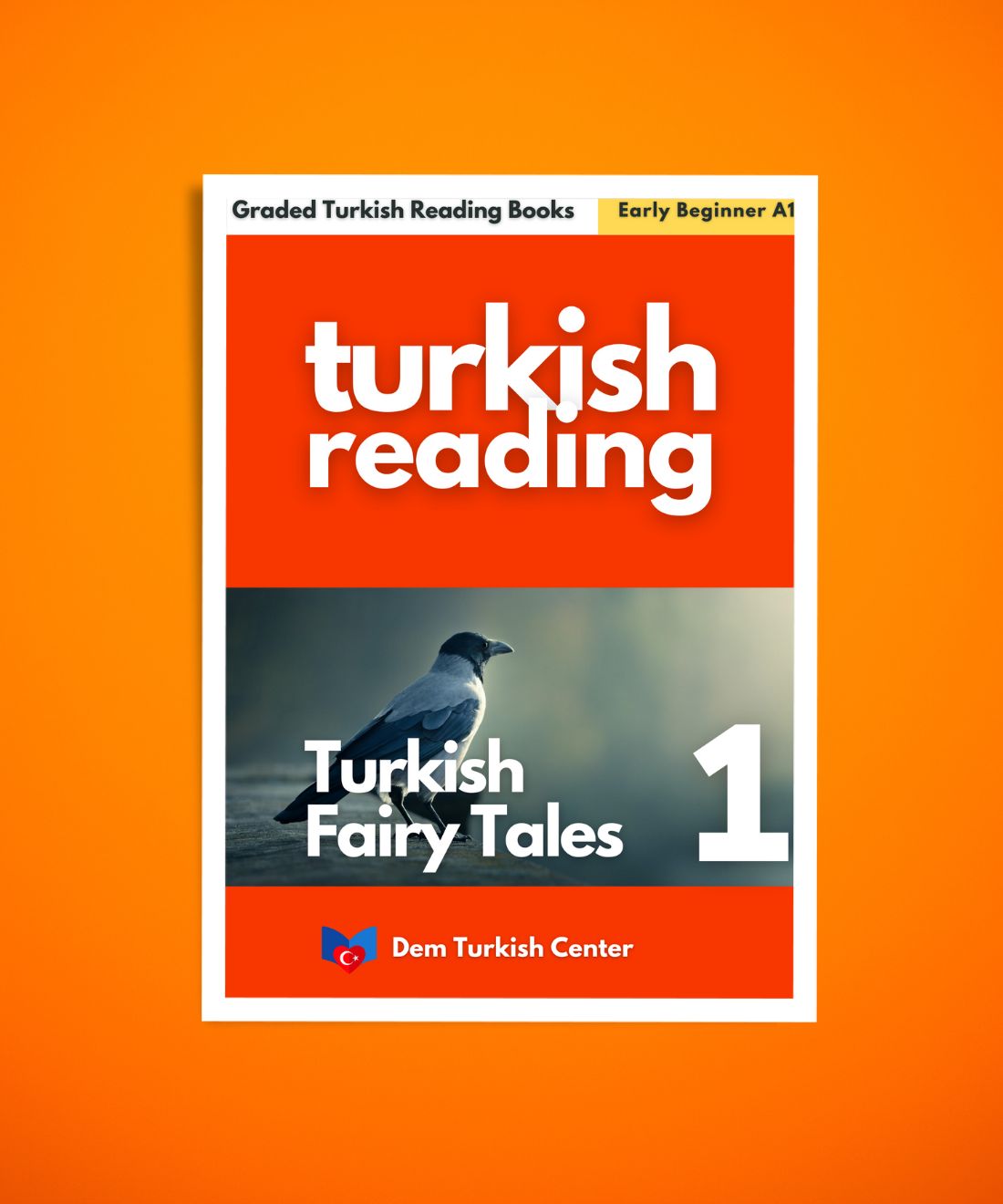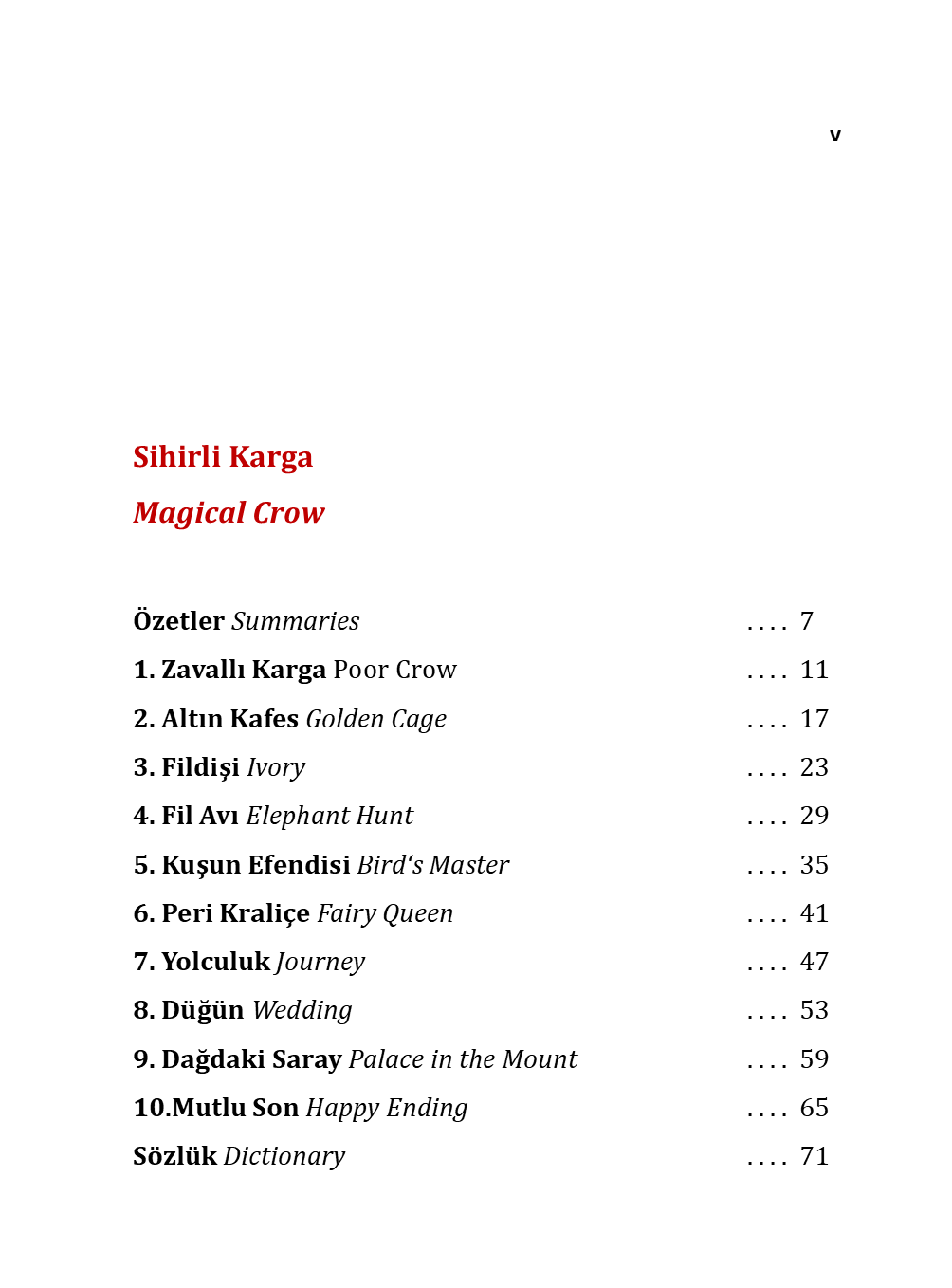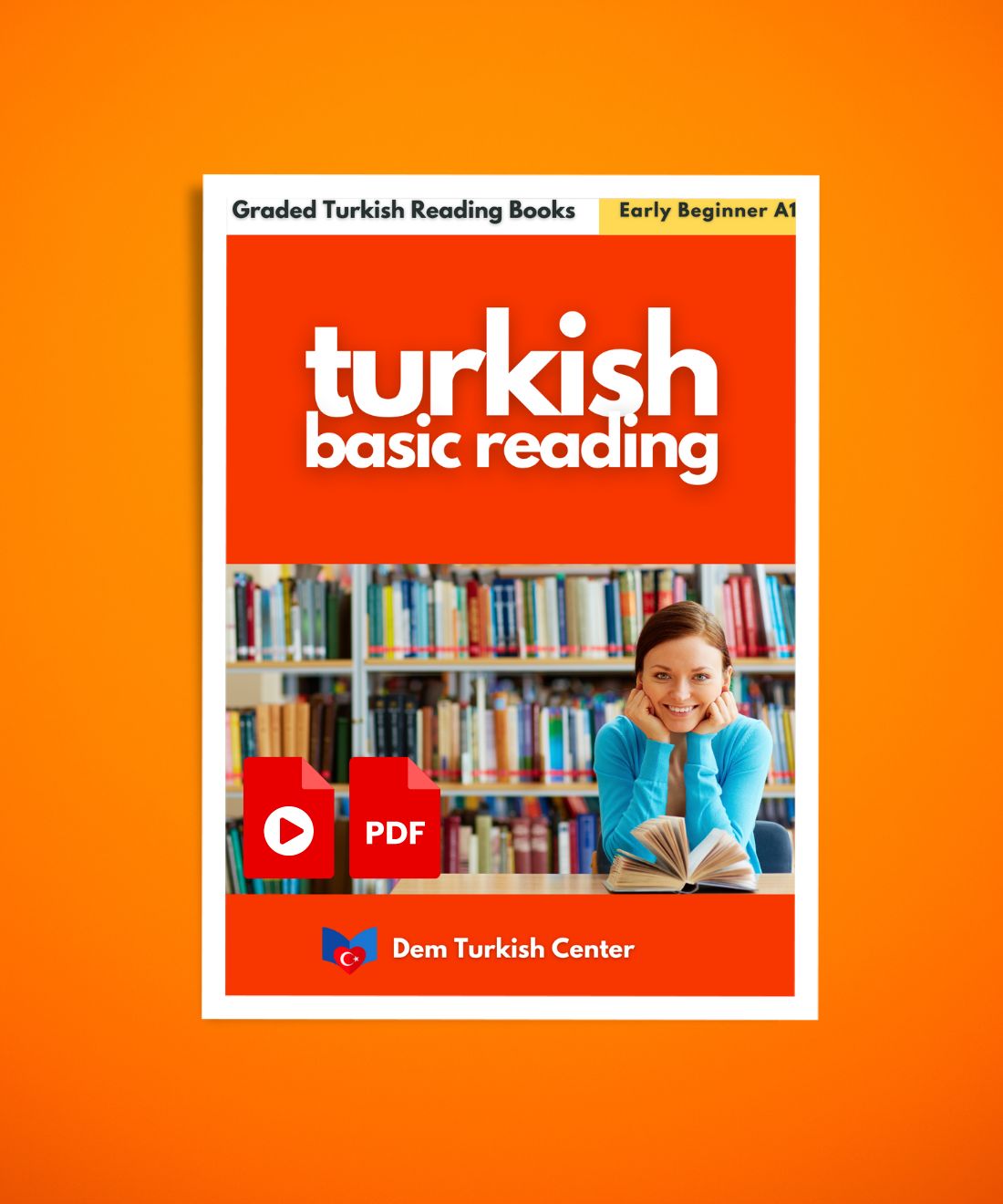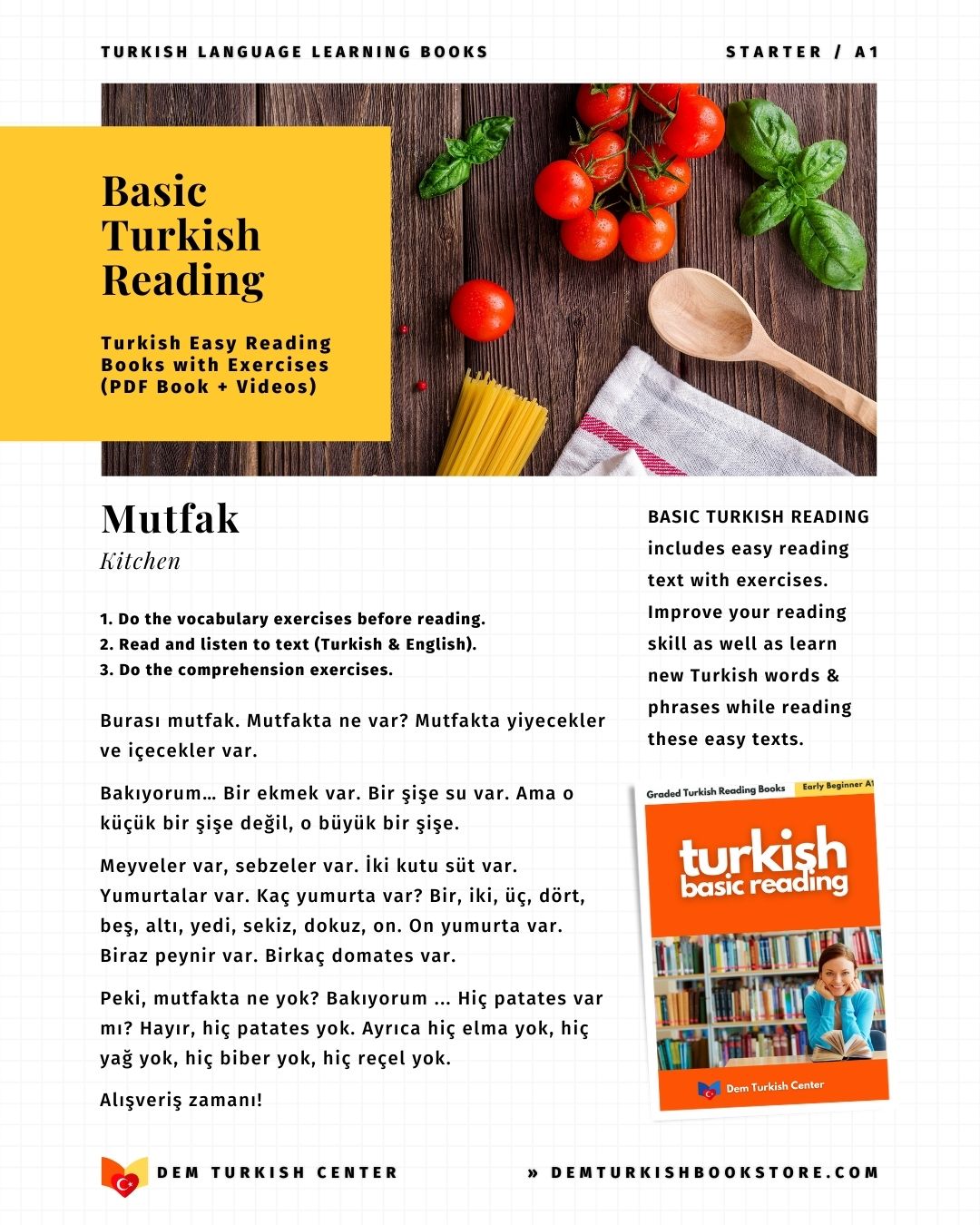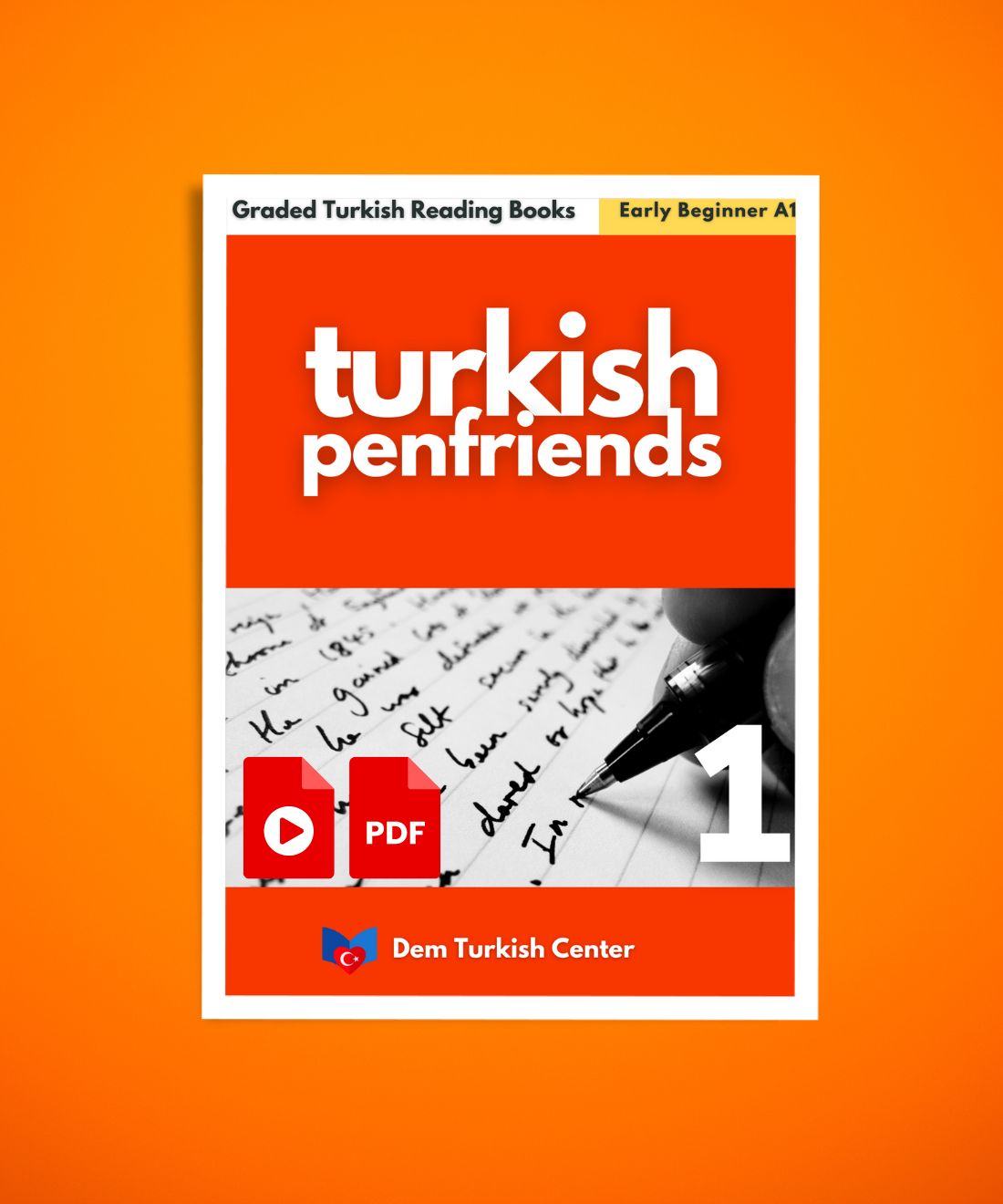
Turkish Language and Other Turkic Languages
The Turkish language spoken in Turkey is part of the Turkic language family, which consists of more than 30 languages spoken across a vast region from Eastern Europe to Central Asia and Siberia.
TURKISH AND TURKIC LANGUAGES
Here’s a detailed breakdown of the differences between Turkish and other Turkic languages:
1. Linguistic Classification
Turkish (Turkey Turkish)
Belongs to the Oghuz branch of the Turkic languages.
Other Major Turkic Language Groups
- Oghuz Group Azerbaijani, Turkmen
- Kipchak Group Kazakh, Kyrgyz, Tatar, Bashkir
- Karluk Group Uzbek, Uyghur
- Siberian Group Sakha (Yakut), Tuvan
How different are the Azeri and Turkish languages?
2. Phonology (Sounds)
Turkish
Vowel harmony is key, with 8 vowels (a, e, ı, i, o, ö, u, ü).
Other Turkic Languages
Similar vowel harmony, though sounds like "q," "ɣ," and "ŋ" exist in languages like Kazakh and Kyrgyz but are absent in Turkish.
3. Vocabulary
Turkish
Strongly influenced by Arabic, Persian, and French due to historical interactions.
Other Turkic Languages
- Central Asian languages like Uzbek have Persian influence.
- Kazakh and Kyrgyz retain more native Turkic terms, though Russian influence is significant due to historical Soviet rule.
4. Grammar and Syntax
Turkish
- Agglutinative (words formed by adding suffixes).
- Subject-Object-Verb (SOV) order.
- Use of personal suffixes and possessive endings.
Other Turkic Languages
- Similar agglutinative structure and SOV word order.
- Slight differences in case systems, pronouns, and suffixes.
- Uzbek, for instance, has dropped vowel harmony.
5. Writing Systems
Turkish
Uses the Latin alphabet since 1928.
Other Turkic Languages
- Azerbaijani and Turkmen also use Latin-based scripts.
- Kazakh, Uzbek, and others are transitioning from Cyrillic to Latin.
- Uyghur uses an Arabic-based script.
6. Mutual Intelligibility
- Close to Turkish Azerbaijani and Turkmen are mutually intelligible to some extent.
- Less Intelligible Kazakh, Kyrgyz, Uzbek, and other Central Asian languages differ more due to separate historical developments.
7. Cultural and Historical Influences
- Turkish has evolved separately due to the Ottoman Empire’s extensive reach into Europe, the Middle East, and North Africa.
- Central Asian Turkic languages were shaped by historical empires like the Timurid and Soviet Union.
BECOME A DEM TURKISH CENTER MEMBER!
Tags:







